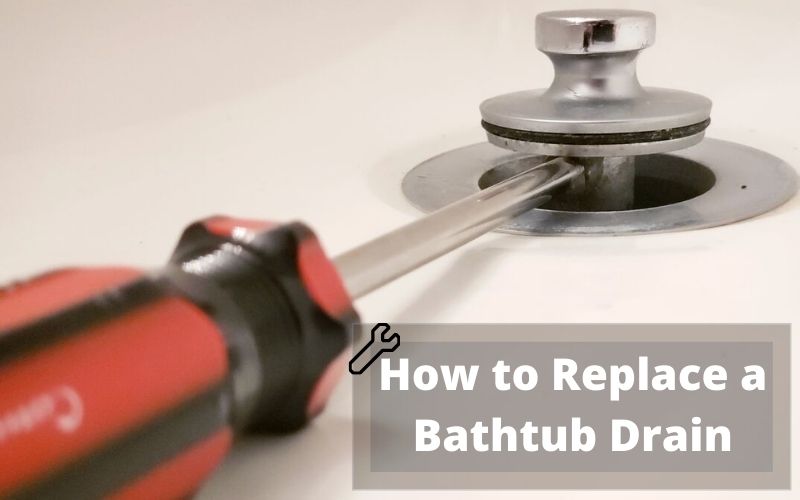It was me, thinking about myself, and washed the dishes after dinner as I usually do. A few seconds into cleaning and washing the pan I realized the water wasn’t draining away from the sink. I examined the sink to determine if anything was blocking the drain’s drain opening. there was nothing. I turned off my garbage disposal but it was just a temporary fix. As I continued to wash dishes, the drain continued to slow. A clogged sink was and my fingers, my post-dinner cleaning was set to become more difficult.
I’m sure I’m not only one who has experienced the discomfort of blocked drains. Kitchen sinks with clogged pipes tend to be the most frequent problems with drainage that plague homeowners due to the fact that soap residue and food particles make it difficult to drain smoothly. However, blocked drains are among the most simple home fixes you can tackle by yourself. But, before you pull up your sleeves and jump into the DIY spirit ensure that you are aware of misconceptions about plumbing that can make you lose your way.
In the case of your kitchen sink, as an example don’t believe that Drano or other drain cleaners containing chemicals are the simplest, most reliable solution. Chemicals can cause further damage to your system, even when the blockage appears to be resolved initially. Additionally, the backsplash caused by stubborn blockages can cause serious harm to your eyes and skin. Avoid these calamities by using alternative methods for clearing clogs that use common household objects, and others that require an easy plunger or plumber’s snake action.
Do not contact the plumber until you are ready! There’s a good chance that you can solve the issue on your own by using one of the following six ways to unclog the kitchen sink.
1. Attack using boiling water
If hair, grease soap residue, hair and other particles get blocked in drains, boiling water might be all you need to clear the obstruction. It’s the easiest fix that’s why it should be the first thing you do when you attempt to unclog the drain.
It’s as easy as 1-2-3. Here what you need to do:
- Take half of a gallon water to boiling on the stove or make use of a kettle to heat up the water.
- Put the water that is boiling directly in the opening for the drain.
- Switch on the faucet to check whether the water is draining with a steady flow. If it’s draining slow or sitting in the basin, repeat the process.
Important note: Avoid this technique if your drain is connected to PVC pipes, since the water boiling could be able to melt or harm the pipe.
In the event that the hot water isn’t able to clear the blockage after the second attempt It’s time to switch to another approach. You’ve got sink clog that’s just too stubborn to be handled with the basic boiling water solution.
2. Make sure you check the disposal for garbage
If your sink is equipped with an appliance for disposal, it may be the reason for the drainage issues. If the blockage is within the disposal and it is turned on, it is likely to remove the obstruction. In the case of malfunctioning or overheated disposals, they might not turn on at all however, you can turn on the reset switch on the bottom or side of the unit to allow an quick restart. When you reset your disposal turn it back on to remove the blockage.
If you switch on the disposal and you hear an eerie humming sound it is possible that the device has been damaged or jammed. Before you do anything to fix the problem with your disposal make sure you disconnect the power supply to the appliance and do not – do not put your fingers in the disposal. After that, you could try to dislodge the obstruction within the disposal by manually turning the blades. It’s as simple as using the Allen wrench in the hole at the lower part of the disposal twisting it until you feel less resistance that means the blockage is beginning to disintegrate. If this does not work, try these guidelines in order to unclog the garbage disposal. After the disposal is unclogged, switch the off the power and check the disposal. If everything sounds and looks good, then turn the faucet to determine whether the draining of the sink is normal.
Be aware that the check of your garbage disposal may not uncover any clogs or other issues In this case, you are able to skip directly to a different method for unblocking.
3. Remove the obstruction
After you’ve established that the toilet isn’t causing the problem then it’s time to pull in the plunger. Be aware that while you could make use of the toilet plunger if it’s all you have at your hands, Dengarden advised that you use an elongated one to do the task. Once you have your plunger ready Follow these steps:
- The sink should be filled with water that is half full. This creates an airtight seal around your drain.
- Place the plunger on the drain and start the pumping process by pumping it up and down many times.
- Take the plunger off and wait to check if the water is draining.
- Repeat the process until water is draining without difficulty.
If the sink not draining correctly after several plunge attempts, you’ve learned the procedure. You may want to consider an alternative approach.


